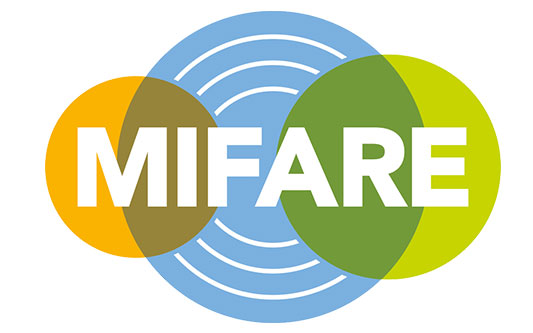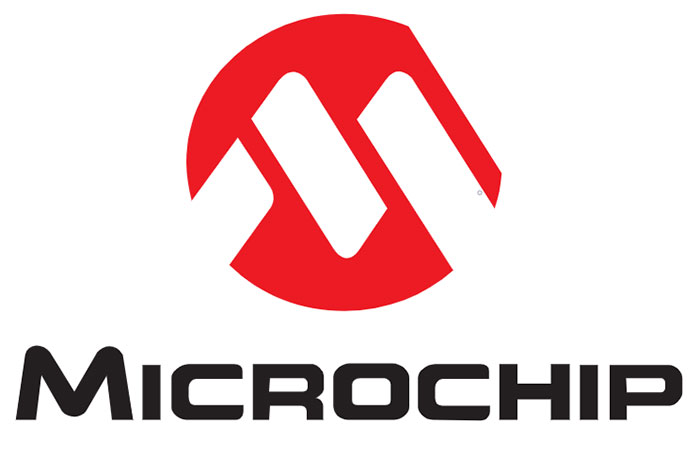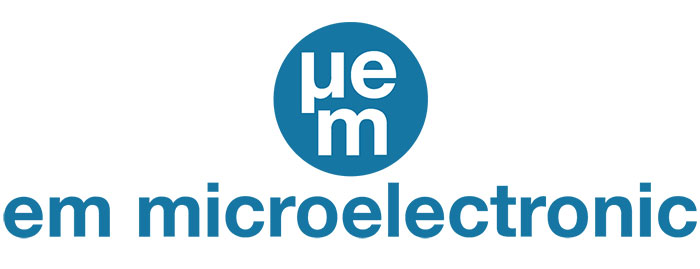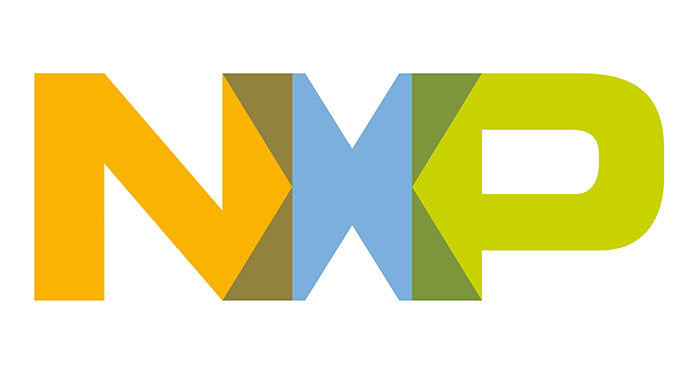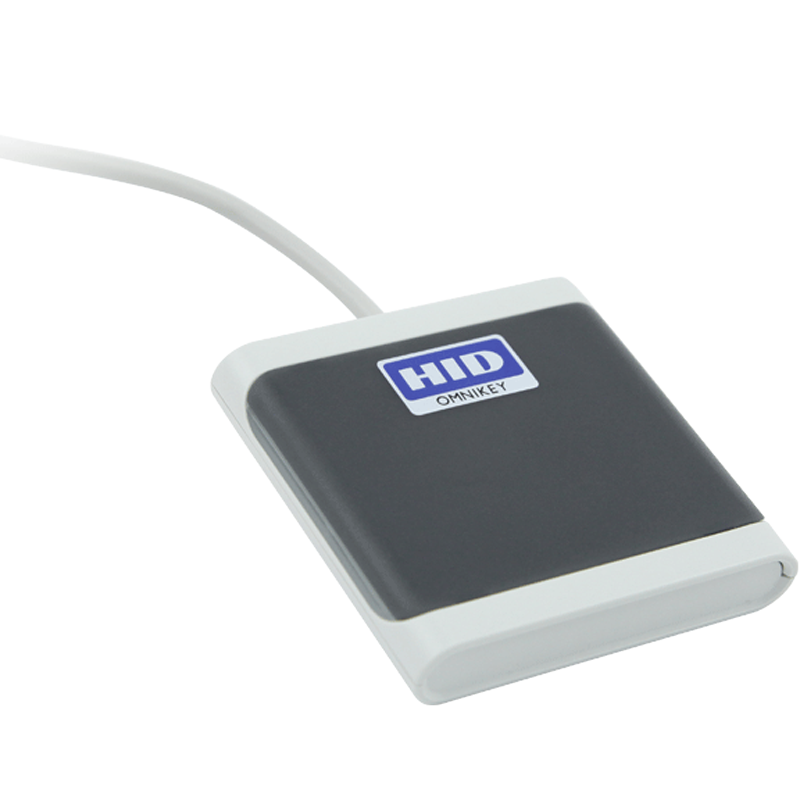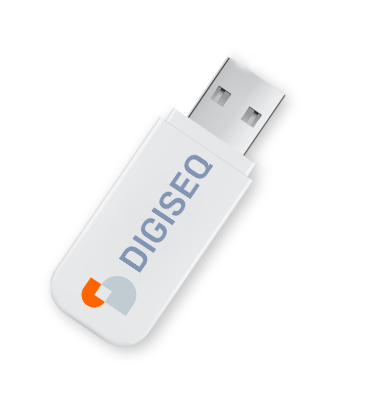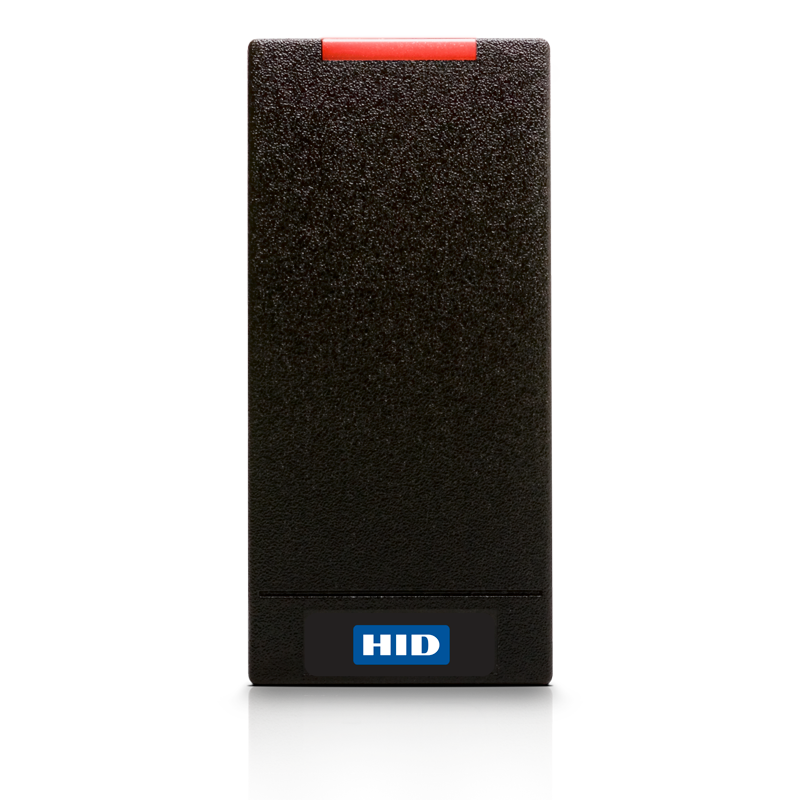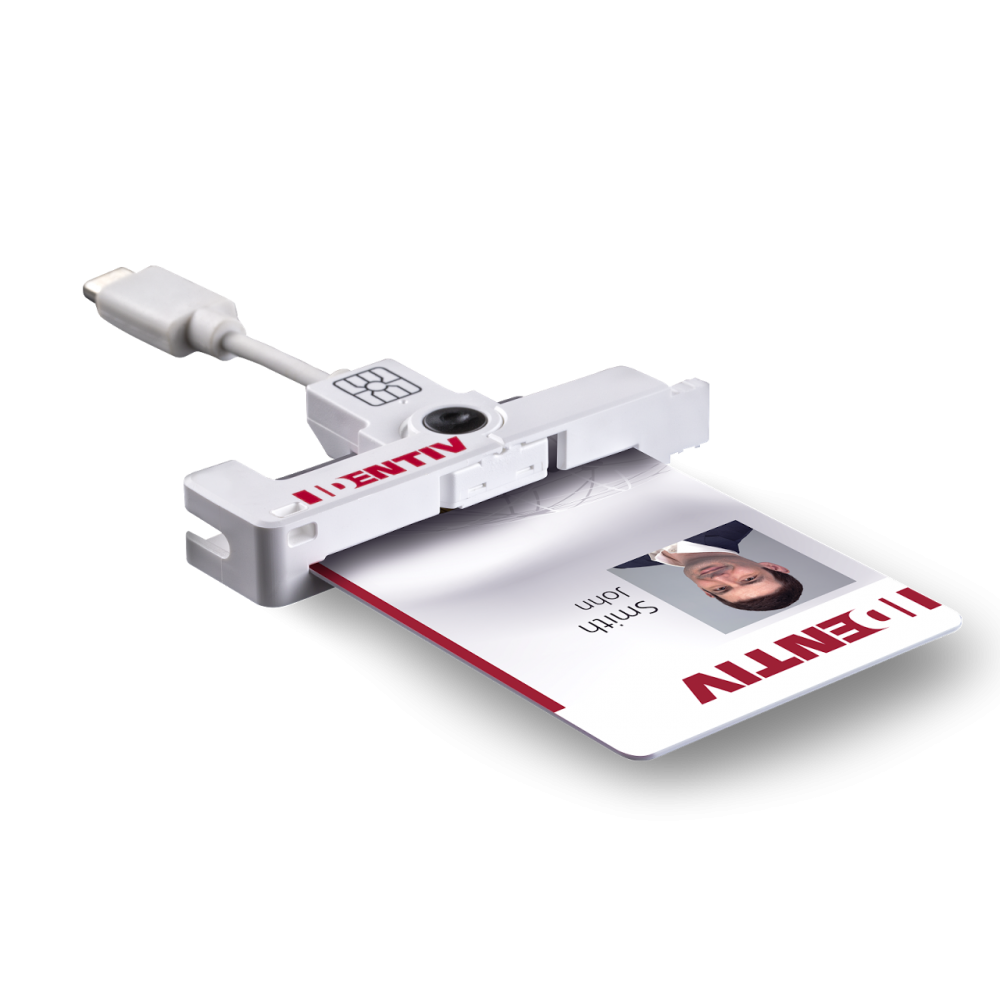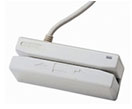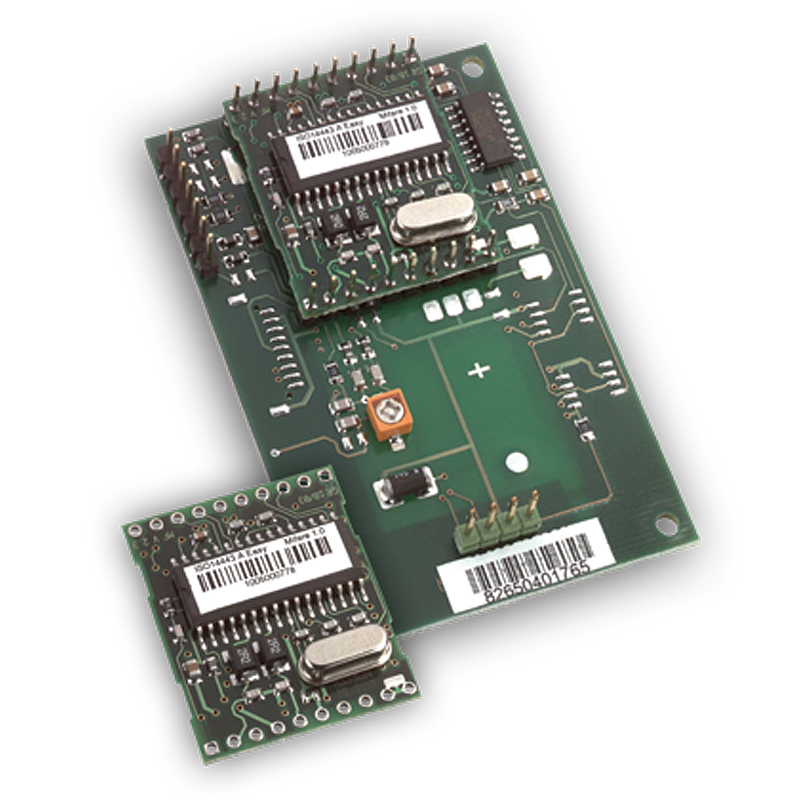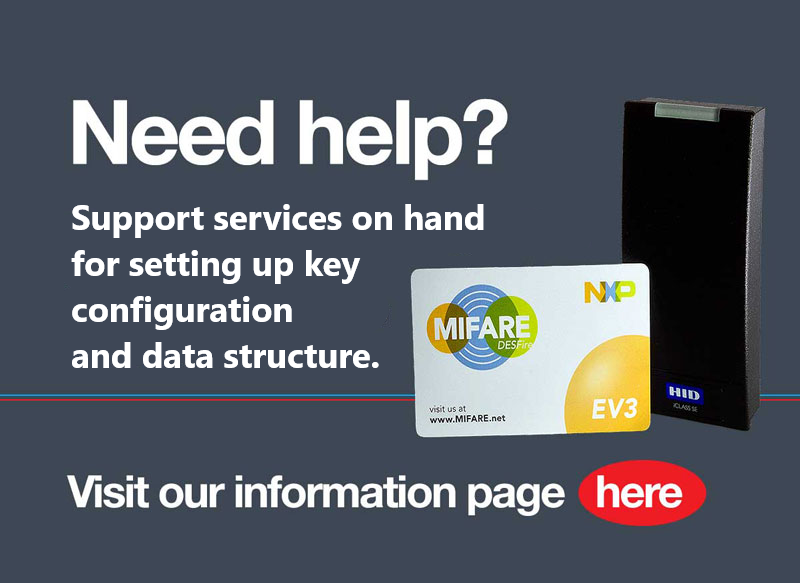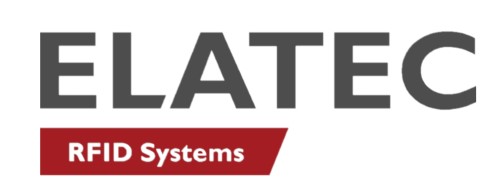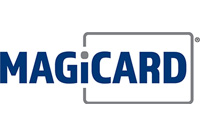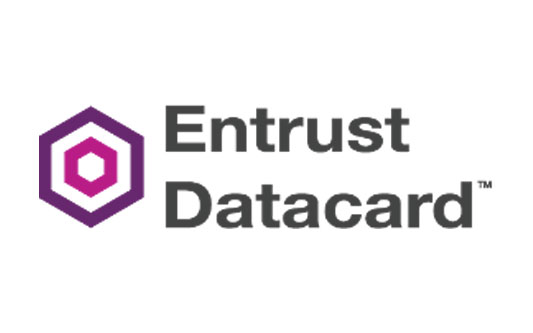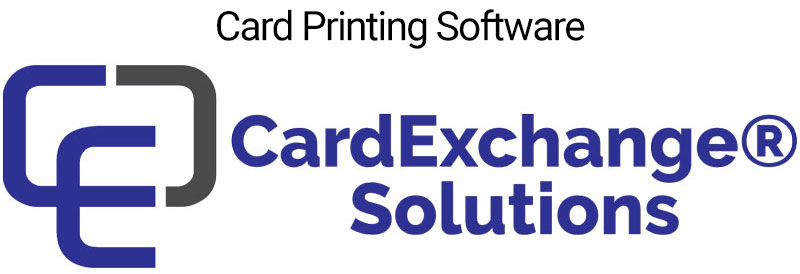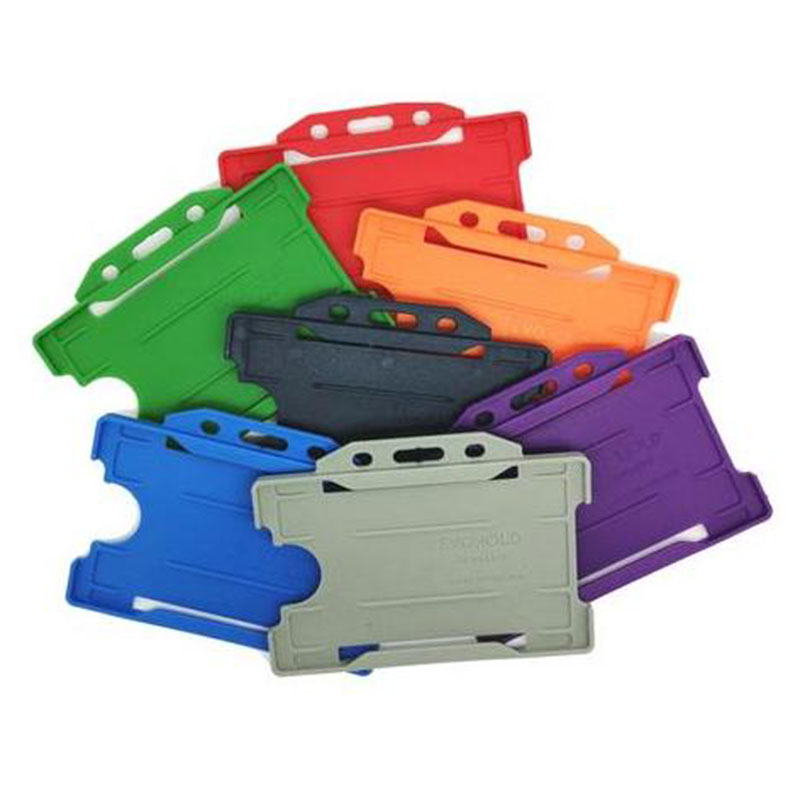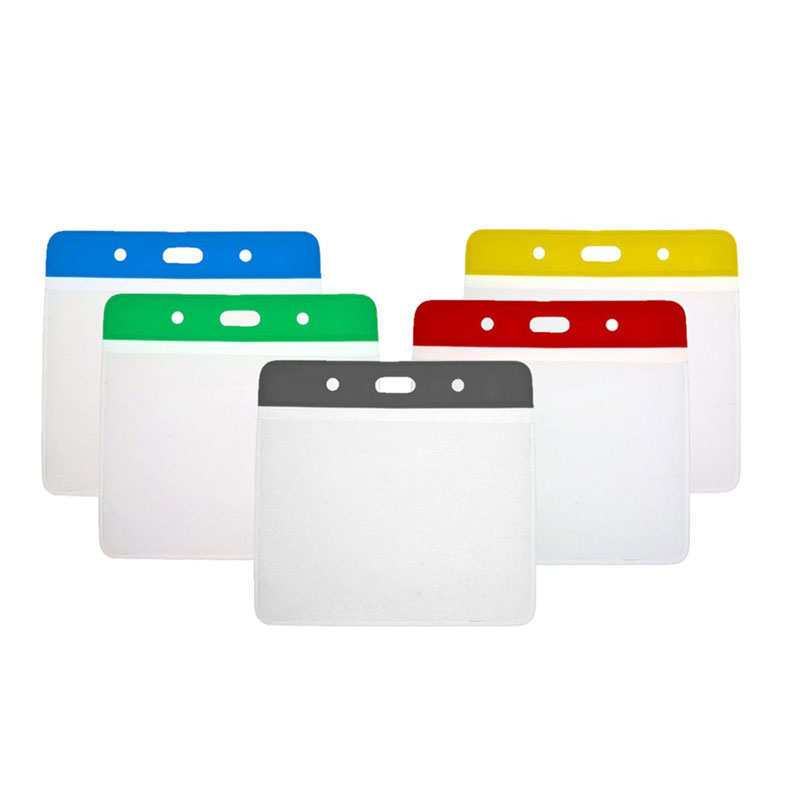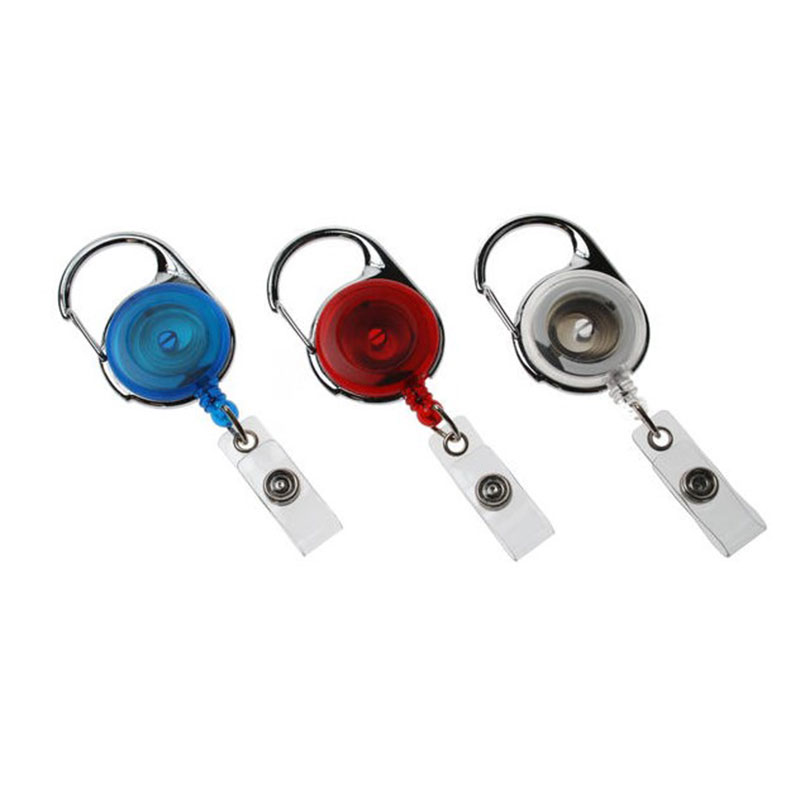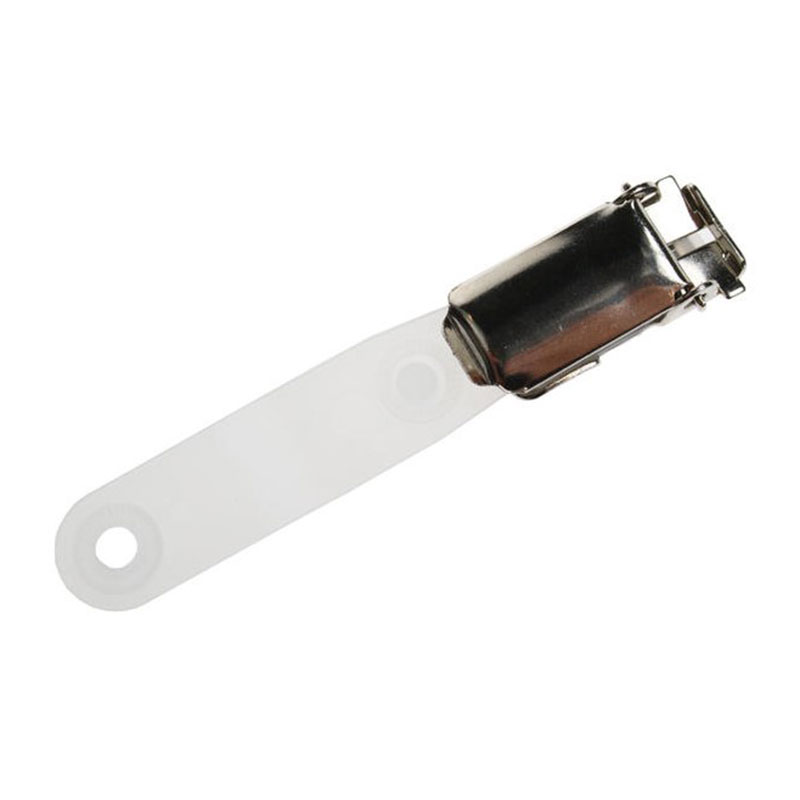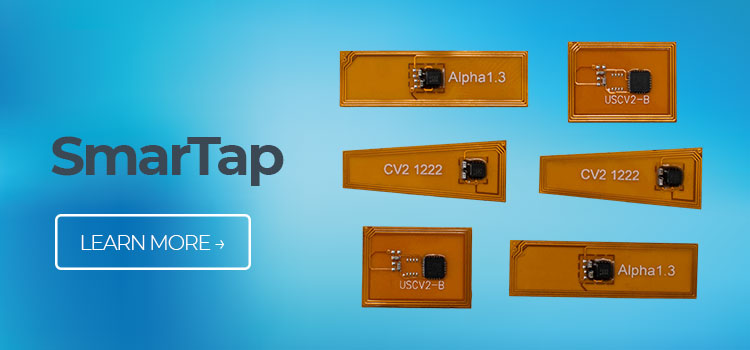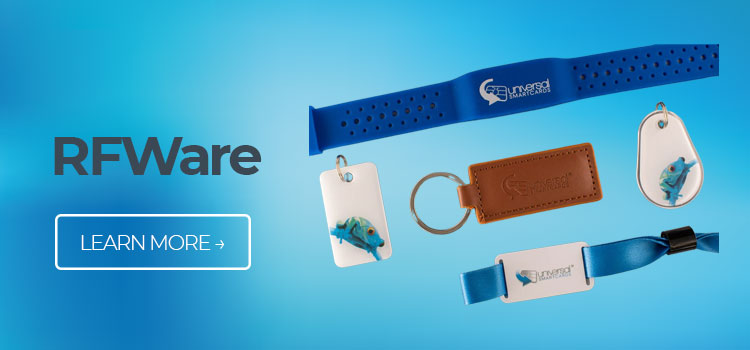
Every day here at Universal Smart Cards, we are asked ‘what are smart cards?’. And the answer is simple; typically, a smart card is a piece of plastic, the size and shape of a credit card, with an embedded chip used to store and process data.
Smart cards are used every day, all over the world, for a vast array of purposes. The best and most common example of a smart card is payment cards such as debit/credit cards. These are often known as EMV cards, which stands for Europay, Mastercard and Visa (the three organisations responsible for standards).
However, smart cards aren’t just for paying for things. They also have a range of other purposes that suit the needs of many individuals, businesses and industries.
So, what are smart cards? In this post, we’ll provide a quick and informative guide to smart cards and all the vital information you need to know.
What are Smart Cards?
A smart card is a physical card made of plastic, which contains an embedded, integrated microchip. The chip acts as a security token and can be a memory chip or an embedded microcontroller.
Smart cards with embedded microcontrollers can store data, perform on-card tasks, such as encryption and mutual authentication, or interact with smart card readers.
Additionally, smart cards protect memory data using encryption, making them a tamper-resistant solution. Put simply, smart cards are secure, robust, and suitable for a wide range of purposes, whether it’s for daily use or for specific applications.
How Does a Smart Card Work?
Smart cards can’t work on their own, as they require a card reader to operate as intended and to perform their functions. For example, a debit or credit card requires a card reader to initiate and complete a chip & pin or contactless payment. The embedded chip in a smart card features a contactless antenna or outer contact chip, which allows for electronic interaction with card readers or similar devices. Let’s consider a typical application, using a smart card to make a payment, which consists of the following steps:
To initiate the process, a smart card must make contact with, or be presented to, a card reader. From here, the smart card reader receives information that’s stored on the card’s embedded chip. The information stored on the card is sent to the card payment processor which immediately processes the request. Your request is either accepted or declined based on the information received. For example, when using a payment card, your transaction will succeed or fail based on the information on the chip that’s communicated to the payment processor, and the funds available in your bank account.
What Are The Different Types of Smart Cards?
The term ‘smart cards’ is actually an umbrella term, within which there are several types of smart cards, categorised by varying factors. The different types of smart cards are differentiated by the type of embedded chip they contain, how the card reads and writes data, and the capability of the chip.
The various types of smart cards include:
Contact Smart Cards
The most common type of smart card is contact smart cards. This type of card requires the user to physically make contact between the card reader and the card. Contact smart cards are inserted into a card reader, which then reads the information stored in the card’s chip and carries out the required function. Typical examples of contact smart cards include debit/credit cards and SIM cards.
Contactless Smart Cards
As the name implies, contactless smart cards do not require physical contact between the card and the interface. Instead, the card only needs to be in close proximity to the card reader for the information to be read, meaning there’s no need for direct contact. Contactless cards offer the key benefit of being a quick and convenient way to carry out transactions, but they also are a good solution when hygiene is of concern. As a result, contactless smart cards have become increasingly popular during the COVID-19 pandemic.
Hybrid Smart Cards
Hybrid smart cards are a clever combination of the two above card types. They can work as both a contact smart card and also as a contactless smart card, thus making them suitable for a broader range of purposes and specific requirements. Hybrid smart cards feature two embedded technologies, and the interfaces connect to different chips with independent modules.
Microprocessor Smart Cards
As the name suggests, these smart cards have a microprocessor embedded into the chip, allowing for dynamic data processing. The microprocessor has the ability to add, delete and edit existing data. Both memory allocation and data management are handled by a smart card operating system.
Memory Smart Cards
Memory cards can store, read and write data to their embedded chip. However, the data on a memory smart card can be overwritten but not modified, as the card is not programmable, and because of this low memory capacity, these cards tend to have a limited usage. Typically, memory smart cards come in three types; straight memory cards, protected memory cards and stored value memory cards.
Dual-Interface Smart Cards
Similar to hybrid smart cards, dual interface smart cards also come with both contact and contactless options. However, unlike hybrid cards, they only feature one chip, which controls the communication interfaces.
Wondering Which Smart Card Solution Is Right For Business?
As you can see, there are various types of smart cards, and the smart card solution that’s right for your business will very much depend on your sector, business and needs.
Universal Smartt Cards have decades of experience in this area, so they can help you find the right smart card solution for your business.
If you’re looking for smart card solutions for your business, event or any other purpose, then check out our wide range of smart card options in our online store, or get in touch with our helpful team if you have any questions.

